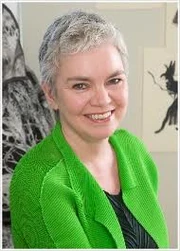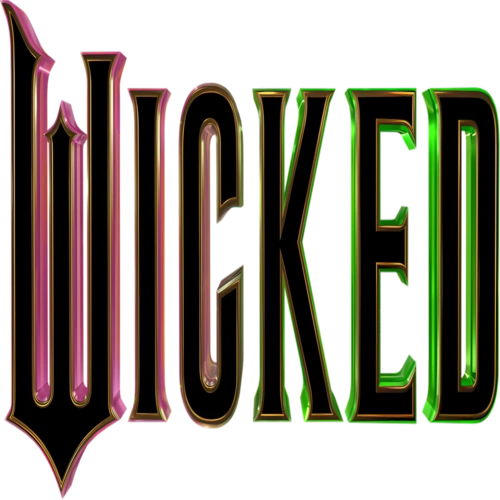Tag: rte-wysiwyg |
Tag: rte-wysiwyg |
||
| Line 12: | Line 12: | ||
===Glinda's Act II Dress=== |
===Glinda's Act II Dress=== |
||
| − | Hilferty asked little girls what they thought goodness looked like and they said like a princess, a bride. She deided to base [[Glinda Upland|Glinda]]'s dress off of English coronation images with the crown, long robe, and scepter. Glinda is connected to the sky, sun, and stars which is influenced with her tiara, wand and the sparkles on her dress. Glinda represents lightness, air, and |
+ | Hilferty asked little girls what they thought goodness looked like and they said like a princess, a bride. She deided to base [[Glinda Upland|Glinda]]'s dress off of English coronation images with the crown, long robe, and scepter. Glinda is connected to the sky, sun, and stars which is influenced with her tiara, wand and the sparkles on her dress. Glinda represents lightness, air, and bubbles. |
===Elphaba's Act II Dress=== |
===Elphaba's Act II Dress=== |
||
Revision as of 15:14, 8 October 2015

Susan Hilferty
Susan Hilferty is the costume designer for Wicked. She makes all 200 costumes in the show and individually tailors them for each particular actor. She also has about 400 shoes and hats with a unique, eccentric design. She won the 2004 Tony award for Best Costume Wicked Costumes
Her reasearch was focused on the period that Baum wrote the Wizard of Oz books, which was from about 1900 to 1920. She created a style called "twisted Edwardian" which is Edwardian-era suits and dresses with asymmetry and literal "twists" in them.
Shiz Costumes
Hilferty played with the different designs of a regular school uniform and put them in together in different ways and came up with the idea of a "Shiz Botique"; the students could mix and match different tops and bottoms to suit their personality while still maintaining the same Shiz pattern of blue-and-white stripes.
Emerald City Costumes
Hilferty said that the Emerald City costumes were the easiest part of the project because it was just no-holds-barred, delirious dressmaking. She incoporated many different shades of green, the hats that were more twisted versions of Edwardian formal wear, and also the use of animals. She said that many of the costumes have fur and feathers which indicates the political side of the musical.
Elphaba's Act I Dress
Elphaba's heavy boots at the beginning of the play immediately connects her to the theme of earth. She also has a cap pulled low and her hands in her pockets which indicates that she is a young girl trying to hide herself. When she gets to the Emerald City, she has a lighter pair of shoes, her hair comes down, and she's wearing a lighter color, indicating that she feels accepted.
Glinda's Act II Dress
Hilferty asked little girls what they thought goodness looked like and they said like a princess, a bride. She deided to base Glinda's dress off of English coronation images with the crown, long robe, and scepter. Glinda is connected to the sky, sun, and stars which is influenced with her tiara, wand and the sparkles on her dress. Glinda represents lightness, air, and bubbles.
Elphaba's Act II Dress
Elphaba's dress was inspired by things from inside the earth like fossils, stalactites, or striations seen when stones crack apart. Hilferty mixed different dark colors into the skirt and bodice, including the wig, so it wasn't pure black.
The full conversation can be found in the Grimmerie.
Trivia
- There are approximately 263 costumes constructed for each new production of Wicked based on 180 unique costume designs (duplicates of some costumes are made for understudies and other parts).
- The fabric for the Shiz uniforms was designed by Susan Hilferty exclusively for Wicked and is custom printed in Milwaukee, Wisconsin. No two “uniforms” are alike.
- There are over 7,000 fabrics where most of them are manufatured that Hilferty have designed and printed or created by mixing fabrics together.
- It takes 424 man-hours per week to maintain the costumes for Wicked on Broadway.
- The show has 90 wigs, using 70 during any given show. All are made of human hair, bar one, and made individually for each actor, using their own hairline for the best results.
- During the first big "quick change", 17 actors change from the mob to students in 1.5 minutes (including costumes, wigs, and shoes).
- There are 179 different types and finishes of leather used in shoes, gloves, hats, and costume trim for the production.
- The show also uses 140 pairs of shoes.
- The "life casts" for the animal masks take 2-3 hours, and the actor loses most of their senses (smell, sight, hearing, speech) during that time.

















